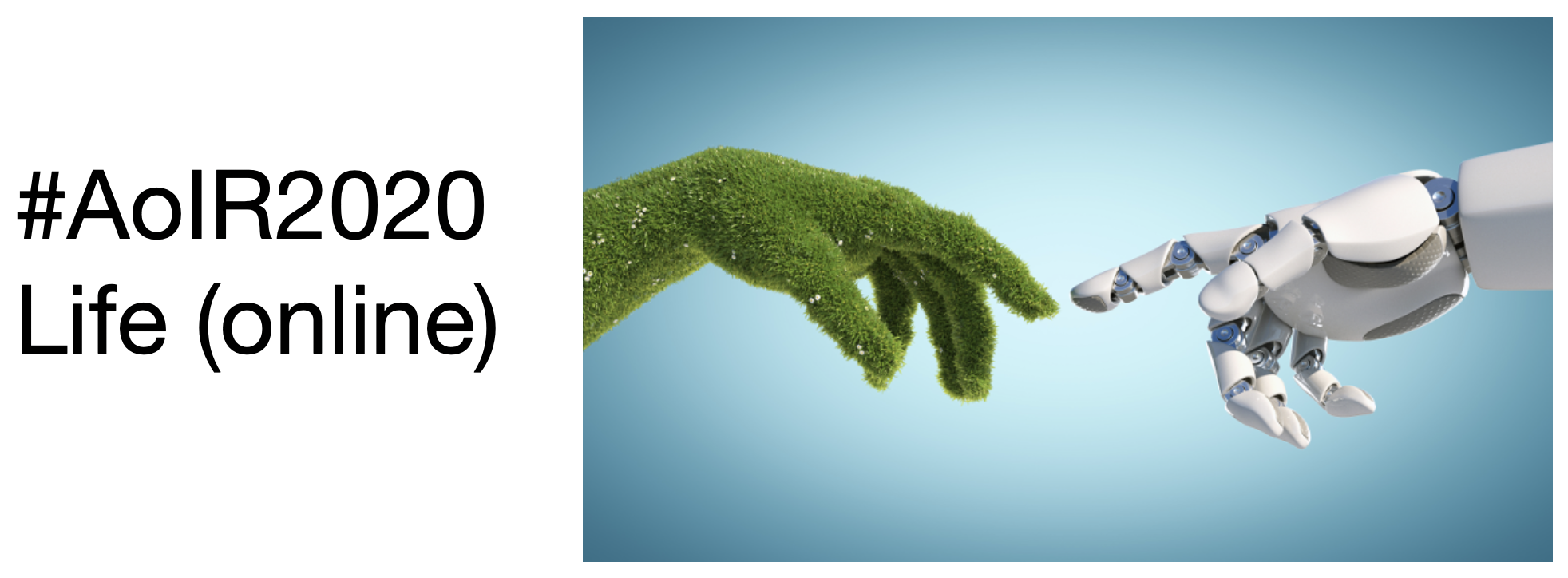ECHOLOCATING THE DIGITAL SELF: A CONCEPTUAL FRAMEWORK
DOI:
https://doi.org/10.5210/spir.v2020i0.11272Keywords:
interaction, digital sociality, push notification, symbolic interactionism, social theoryAbstract
This paper explores echolocation as a conceptual framework to extend our understanding of digital sociality. Echolocation is a process whereby the characteristics of an echo build a map of location and relation. Most often we think of how bats, whales, and dolphins echolocate to navigate. If we think of radar, sonar, or lidar, we might think of submarines, autonomous vehicles, or even geolocation on our mobile devices. In this paper, I discuss echolocation as a symbolic interaction framework for describing how the Self is negotiated and identified in and as a part of social space. It focuses attention on the character and function of pings, push notifications, red dots on device screens, and other responses in ongoing interactions between people in social media or between humans and nonhuman or more than human elements of media ecologies. The interpretive qualitative analysis is part of a six year ethnographic study of youth. The analysis of echolocation emerges from a subset of the larger study, those who feel anxiety and even existential vulnerability when disconnected. Based on this qualitative analysis of narratives, the paper builds and extends echolocation as a theory of digital sociality that pays close attention to the response versus the performance in the interaction model.

